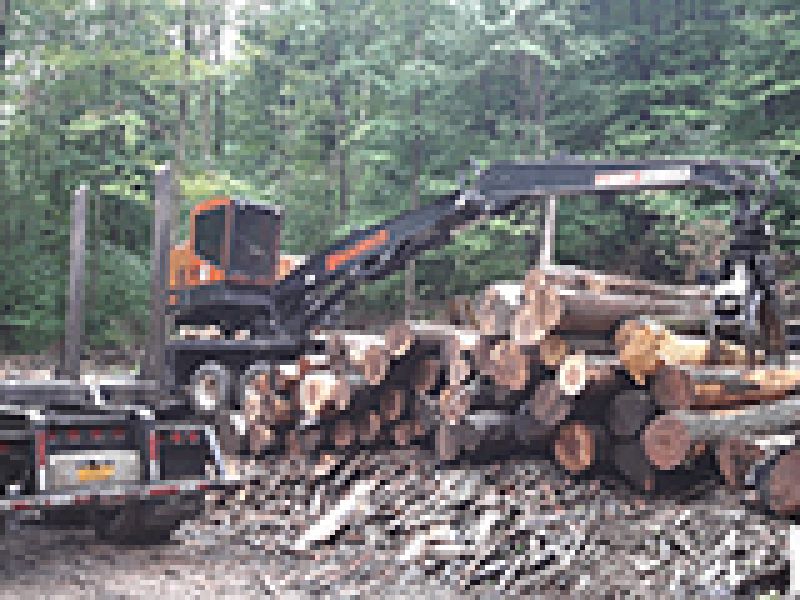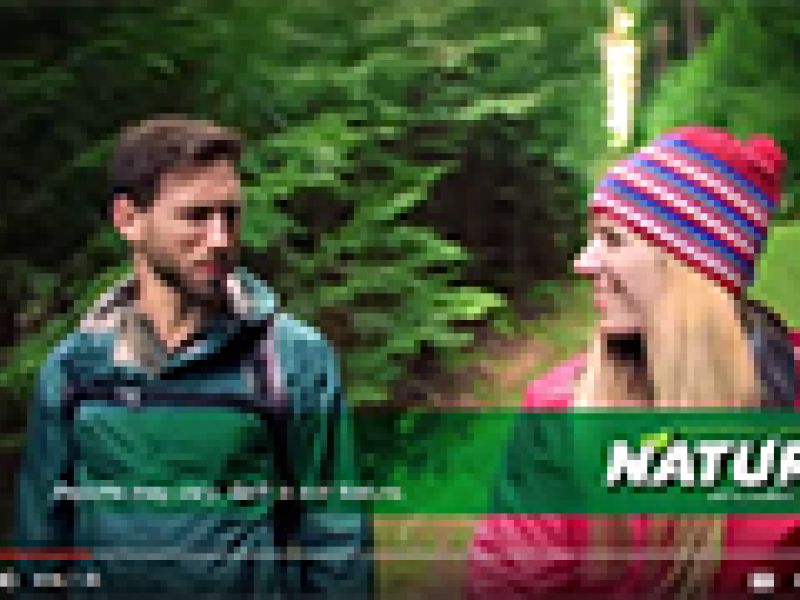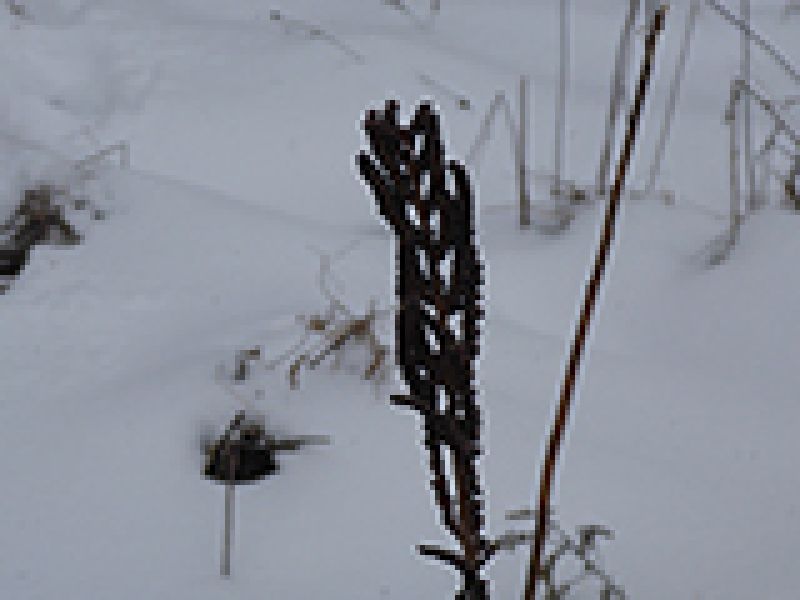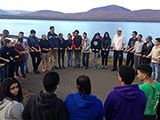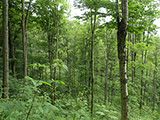A watershed is a shed that holds water, right?
When it rains, where does all the water go? Have you ever noticed where rainwater flows and collects during a big storm? Maybe you’ve had to jump over a puddle in your path or you’ve watched leaves float by you on a newly formed stream along the side of the road. If so, you’ve had a close encounter with your watershed.

A watershed is a shed that holds water, right? WRONG! A watershed is an area of land that sheds (or drains) its water downhill into a particular body of water. The shape of the land determines where the water will go because runoff always flows downhill thanks to gravity.
When a watershed gets rained on, there are several paths the water may take: Some water gets soaked up by soil and plants; some gets stored temporarily on the surfaces of plants, roofs or parking lots, only to evaporate back into the atmosphere; and some flows over the land as runoff. This runoff (and the stuff that it picks up) flows downhill in streams and rivers, collects in ponds, lakes, or reservoirs, and eventually drains out to the ocean.
Small streams feed into the Cross River, which flows through Ward Pound Ridge Reservation in Northern Westchester County, NY.

Students peer down at the Cross River Reservoir, into which the Cross River flows.
If you are on land, then you are in a watershed. No matter where you are on Earth, eventually it will rain (or snow) and that water will flow and collect somewhere. Similarly, every waterbody has a watershed, even a puddle in the road, because that water drained from somewhere.
Small watersheds are nested inside larger watersheds - imagine it like a set of big (wet!) Russian dolls. A stream flows into a river that flows into an ocean, so the stream’s watershed is within the river’s watershed, which is within the ocean’s watershed.
Seeing is believing, which is why one of the best ways to understand watersheds is to walk along a stream and pay attention to the slope and shape of the land that drains toward it. Where is the water coming from and where is it going? As you go, keep an eye out for feeder streams called tributaries, which have their own smaller watersheds, and you will start to get a better sense of how land and water interact in a watershed.

A student crouches streamside to observe how the shape of the land determines where water flows in a watershed.
Now that you understand how watersheds work, why should you care? If you live near a stream or river, your land is most likely in its watershed and the things you do on your land will affect the water collecting downstream. Do you enjoy this stream for scenery or recreation? Do you or wildlife depend on it for drinking water? If so, you’ll want to pay close attention to what’s going on in your watershed and learn how you can protect the water running through your woodlot.
What do you think might make the water cleaner? What might make it dirtier? Share your ideas in the comment box below! Next week I’ll give an overview of one particular watershed - the world-famous New York City Watershed.

